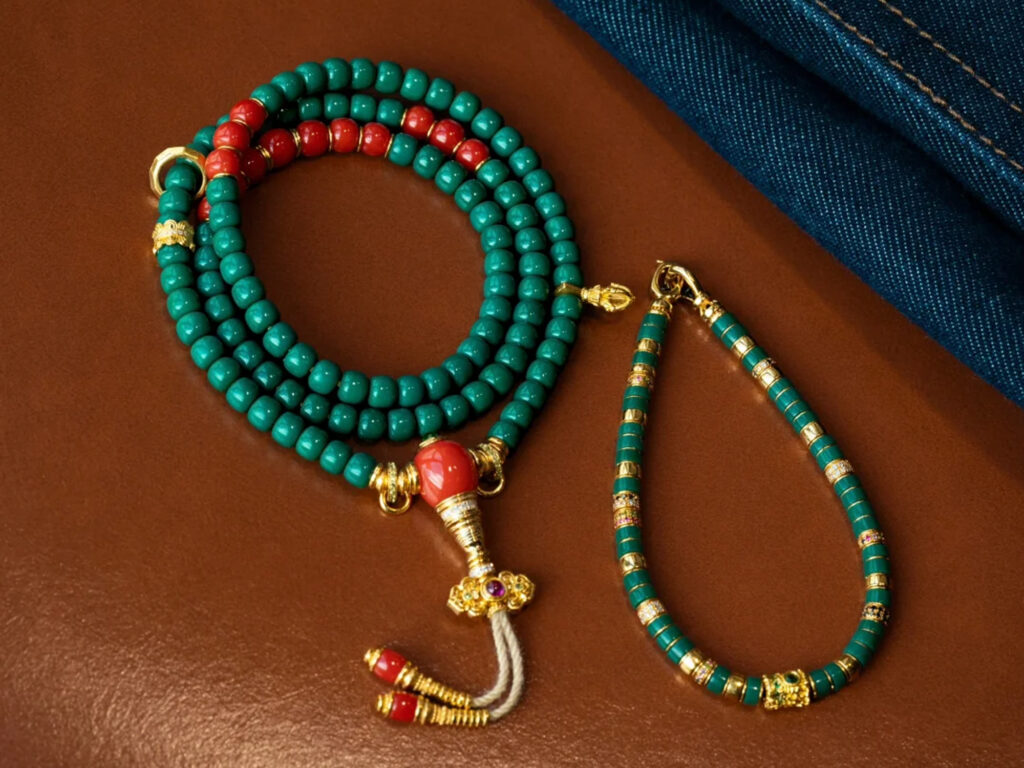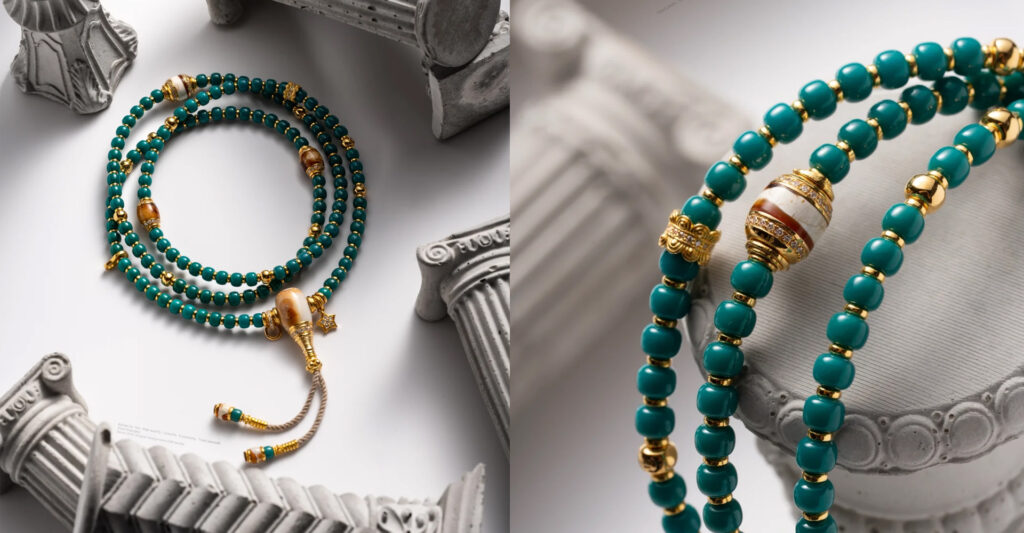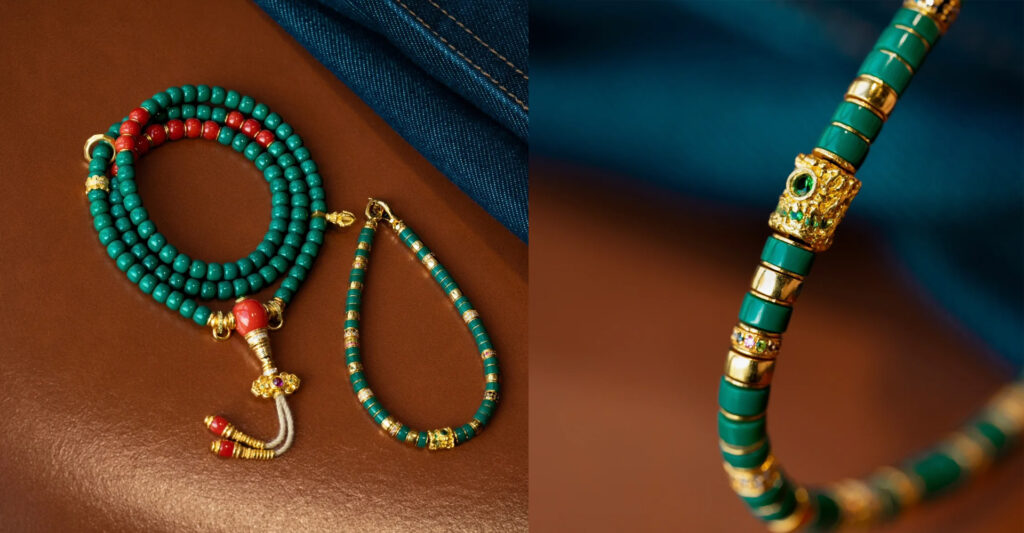Coconut pedicles rank among the most popular materials in collectible crafts. Not only are they easy to handle, but they’re also one of the few bracelets that come ready to wear. But what exactly is a coconut pedicle? How can you select a suitable bracelet from options ranging from tens to thousands of dollars? Today, we’ll explore the origins and characteristics of coconut crowns.

① What Are Coconut Crowns?
Coconut crowns are the top section where the coconut attaches to the palm tree. As the growth point where nutrients are absorbed, these crowns boast higher density, superior texture, and richer oil content. Currently, the market primarily offers two types of coconut tops: Hainanese and Indonesian. Hainanese tops are larger and thinner, often shaped like “pills,” while Indonesian tops are thicker and denser. Consequently, higher-quality coconut tops on the market are predominantly sourced from Indonesia.
② Assessing Coconut Husk Quality
Three key factors determine husk quality:
1. Color: The darker the husk, the better.
2. Brown spots: These significantly impact appearance. While completely spot-free husks are rare, minimizing them is crucial. Third, its weightiness. A substantial feel indicates rich oil content and high density, resulting in a lustrous patina when handled. Note: While color and brown spots can be altered through dyeing, the weighty feel cannot be faked!

③ Differences Between Coconut Stems, Coconut Shells, and Cook Palms
Compared to coconut stems, coconut shells offer larger surfaces and more material, yet they lack the stems’ oiliness and tend to be harder. While some shells can be handled with effort, most are rough and dull-colored, unsuitable for handling. As for Cook nuts, they share the oily richness and solid texture of coconut as palm fruits, though their color differs from coconut husks. It develops a ginger-yellow hue that deepens with handling. However, Cook isn’t particularly popular, as its color and patina closely resemble those of monkey head walnut. The only differences are Cook’s brown eyes and its longer awkward patina transition period.
④ Why Some Say Coconut Husk Should Be Oil-Soaked
Oil-soaking darkens and brightens coconut husk. For some specimens with poor natural oils, this process improves oil content and density. Moreover, oil soaking causes no harm to coconut pits. Alternatively, simmering them in low-temperature craft oil allows deep absorption, further minimizing brown spots. Players opting for oil soaking should do so after developing a patina through handling, ensuring overall stability.

⑤ Is it necessary to inlay gold thread or gold tubes in coconut husk?
Since the trend of gold inlaying began, many materials have used it as a benchmark for higher quality. However, inlaying gold does not alter the bracelet’s inherent texture; it serves only as an embellishment. Therefore, it’s unnecessary to pursue it. Of course, if you personally appreciate the look of gold accents, that’s a different story. Take gold-tubing in the drill holes, for instance: while barely visible, it adds weight for better balance, enhances symmetry, and improves the bracelet’s overall roundness. Naturally, this significantly increases the cost. So if you simply want a coconut bead bracelet, whether to add gold depends on your budget. But if you truly love the texture of black and gold intertwined, gold inlay becomes quite worthwhile.
⑥ Regarding Carved Coconut Knots
Patterns like knife marks, craters, formless designs, or swirl motifs—choosing a carved coconut knot with such designs can be an excellent option. However, when selecting a carved knot, pay close attention to the presence of brown eyes. Due to the carving process, these eyes may become more pronounced, forcing you to prioritize either the overall appearance or the shape of the piece. Additionally, scrutinize the carving’s precision. Since you’ll be preparing for patina development, intricate carvings may leave certain areas inaccessible to handling. If the carving lacks meticulousness, some sections may develop thick patina while others remain bare.
Lastly, the age-old issue of roundness comes into play. Some designs are undeniably beautiful, but their shape inherently precludes achieving a perfectly rounded form. In such cases, collectors must decide whether to prioritize roundness or the beloved form of the piece.